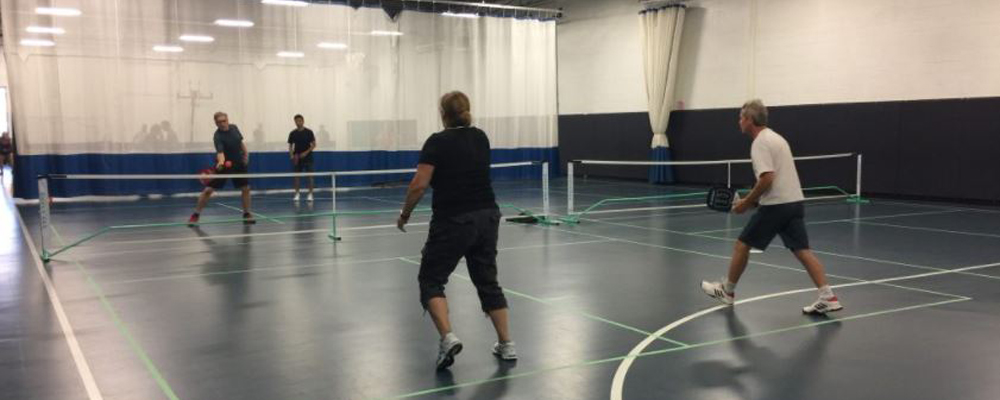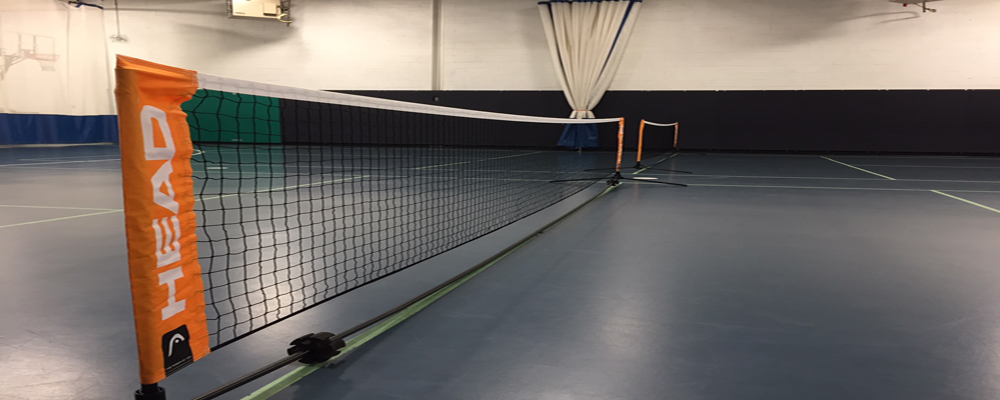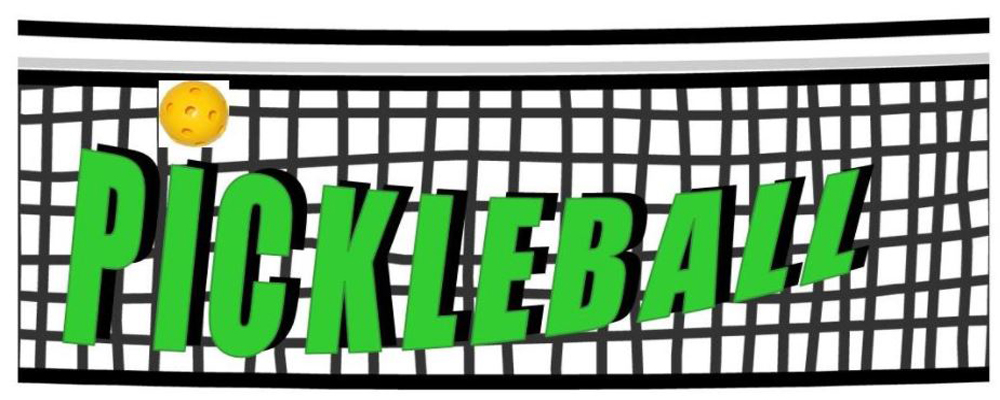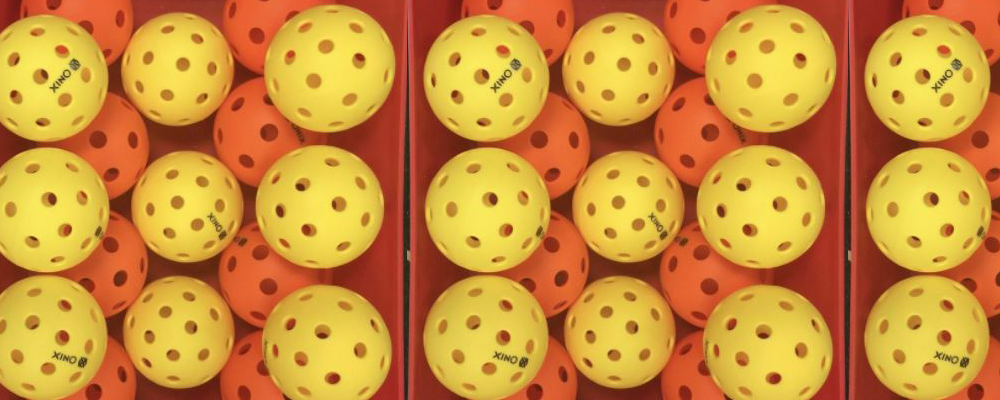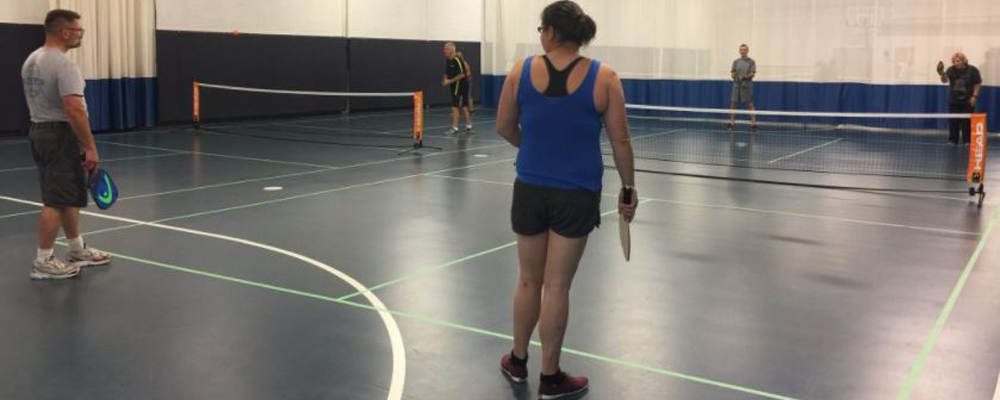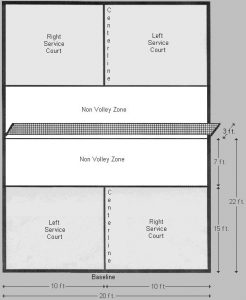Rules
Basic PickleBall Rules
The ball is served with an underhand stroke so that contact with the ball is made below waist level (waist is defined as the navel level) in an upward arc. The server hits from behind the baseline on one side of the center line and aims diagonally to the opponent’s service zone (as in the figure below).
Only the serving side may score a point. Play ends for a point when one side commits a fault. Faults include:
- not hitting the serve into the opponent’s diagonal service zone
- not hitting the ball beyond the net
- hitting the ball or not hitting after the 2nd bounce on one side of the net
- hitting the ball out of bounds
- volleying the ball on the service return
- volleying the ball on the first return by the serving side
- stepping into the non-volley zone (the first seven feet from the net, also known as the ‘kitchen’) in the act of volleying the ball.
A player may enter the non-volley zone to play a ball that bounces and may stay there to play balls that bounce. The player must exit the non-volley zone before playing a volley.
The first side scoring 11 points leading by at least two points wins the game. If the two sides are tied at 10 points apiece, the side that goes ahead by two points wins the game.
The server or server and partner usually stay at the baseline until the first return has been hit back and bounced once.
At the beginning of a doubles game before any serving, the score is 0-0. Then the side serving first gets only one fault before their side is out, meaning that their opponents serve next. After the first fault each side gets 2 faults (one for each team member serving) before their side is “out”.
In singles play, each side gets only one fault before a side out and the opponent then serves. The server’s score will always be even (0, 2, 4, 6, 8, 10…) when serving from the right side, and odd (1, 3, 5, 7, 9…) when serving from the left side (singles play only).


